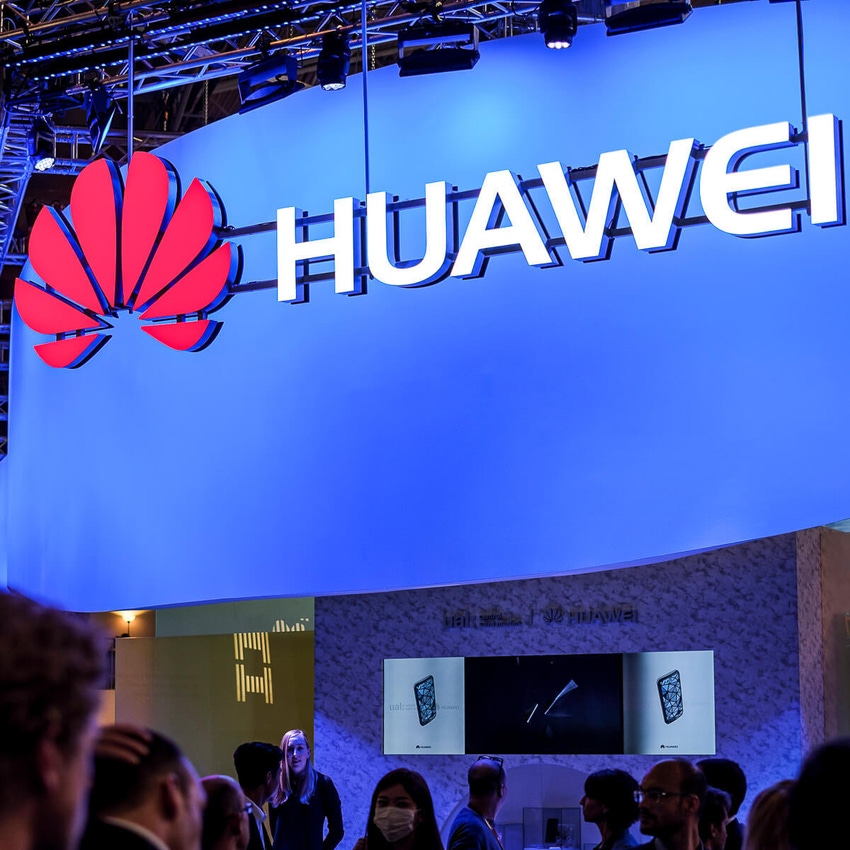
As US trade sanctions bite, Huawei has decided to raise money by selling shares to employees.
The new rule allows staff who have worked for the Chinese giant for more than five years to buy virtual shares worth 25% of their income over the past five years.
Figure 1:  Kickstarting investment: Huawei has always been owned by its employees.
Kickstarting investment: Huawei has always been owned by its employees.
(Source: Karlis Dambrans on Flickr CC 2.0)
Shenzhen-based Huawei is the world's largest vendor of telecommunications equipment. It is entirely owned by its 104,572 employees.
But as China and the US enter a tech trade war, Huawei faces increased US sanctions, and pressure from Washington on other countries to block the company from their 5G mobile network projects.
The virtual shares are intended to help the company retain talent amid these challenges, and secure funding for research and development.
Huawei's research and development budget, at 15.3% of its 2019 revenue of $19.2 billion, placed it as the global tech industry's fifth-largest investor in new R&D.
The shares are an incentive to stay: If you leave Huawei before clocking up eight years of employment, you have to sell your shares back.
Huawei has offered employees shares as part of their salary package since the beginning, when CEO Ren Zhengfei started selling telephone switchboards.
Short on capital, and without access to loans from government-owned banks, the company offered employees generous helpings of equity in the company so they could attract the right talent without having to offer huge salaries.
Managers recommend how many shares their team members are entitled to, based on performance.
It helps that the value of Huawei shares has gone up handsomely. A virtual share worth 5.42 yuan in 2010 was 7.85 yuan in 2019, a 45% increase.
No way, Huawei
Huawei is struggling to adapt to new challenges in Washington, Delhi and elsewhere.
Already facing questions over whether its smartphone can continue to interface with Google apps, Huawei now will also have trouble sourcing the chipsets which power devices including its soon to be announced Mate 40.
Chinese users will likely have first bite at the Mate 40 stocks if chipset shortages limit them.
And if its users can't use Google, Huawei will need to make its homegrown Huawei Mobile Services (HMS) ecosystem a viable alternative.
Meanwhile as Chinese tensions with India simmer, Huawei also faces being frozen out from the world's second-largest mobile market.
Want to know more about 5G? Check out our dedicated 5G content channel here on Light Reading.
For two decades it has sold Indian consumers everything from mobile phones to cloud services and speakers.
Across the country, out of 850 million mobile phone users, Huawei holds about 24% market share.
It built a large portion of the 4G network, working alongside Vodafone Idea and Bharti Airtel, and was preparing to do the same with 5G when India and China clashed in the Himalayas in June.
Huawei's woes mean cheery news for its competitors: In the US, Samsung has signed a $6.6 billion deal with Verizon to help it build 5G networks.
In India, the country's largest telecom operator, Jio Platforms, will be happy to have a clear shot at the country's 5G infrastructure.
But by going back to its roots – raising money from its employees – Huawei may find itself with an expanded war chest for a fightback.
Related reports:
— Pádraig Belton, contributing editor special to, Light Reading
Read more about:
AsiaAbout the Author(s)
You May Also Like











